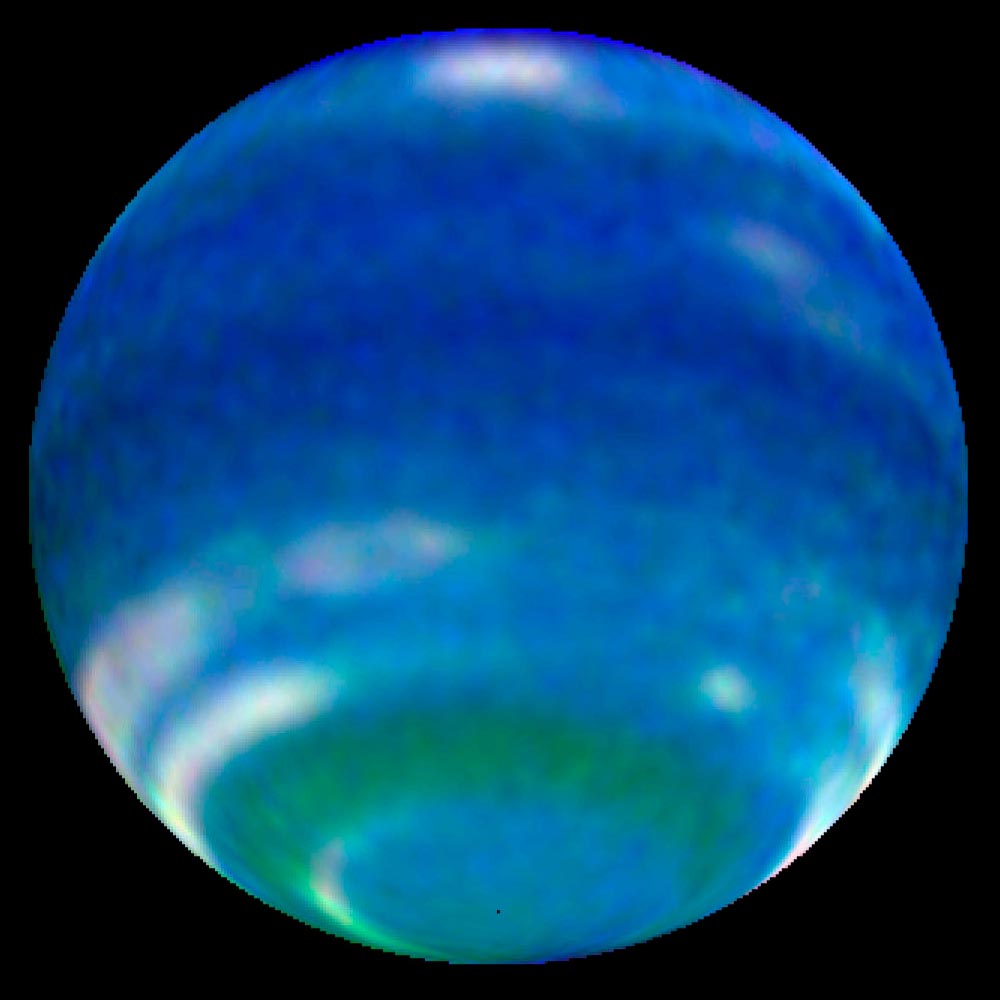

It had, of course, always been mathematical astronomers’ jobs to make predictions. Pre-discovery observations of Uranus from star catalogs (the earliest was from 1690) with the presumably far more accurate observations made since Herschel uncovered the world. Bouvard was a shepherd boy who rose, improbably, to become director of the Paris Observatory. In 1821, a now largely forgotten French astronomer named Alexis Bouvard published tables of Uranus’ motion, over which he had toiled for many years. And that was just the beginning when it came to shaking up the solar system: The new planet’s orbit obstinately refused to follow the path mathematicians insisted it should, pointing to another hidden planet lurking beyond. And all the solar system’s bodies moved tidily and predictably according to Newton’s law of gravity.īut this ancient, elegant picture was shattered by William Herschel’s serendipitous discovery of Uranus in March 1781. The entire outer solar system beyond Saturn and below the sphere of the fixed stars was devoid of features, as it had been since Aristotle’s time. The zone between Mars and Jupiter, soon to fill in with asteroids, was still empty. There was the Sun, the seven planets including Earth, our Moon, the four moons of Jupiter, the five moons of Saturn, and a few periodic comets. It’s easy to forget that for most of the 18th century, the solar system was a remarkably simple and straightforward place (which certainly made orrery-makers’ jobs easier).


 0 kommentar(er)
0 kommentar(er)
